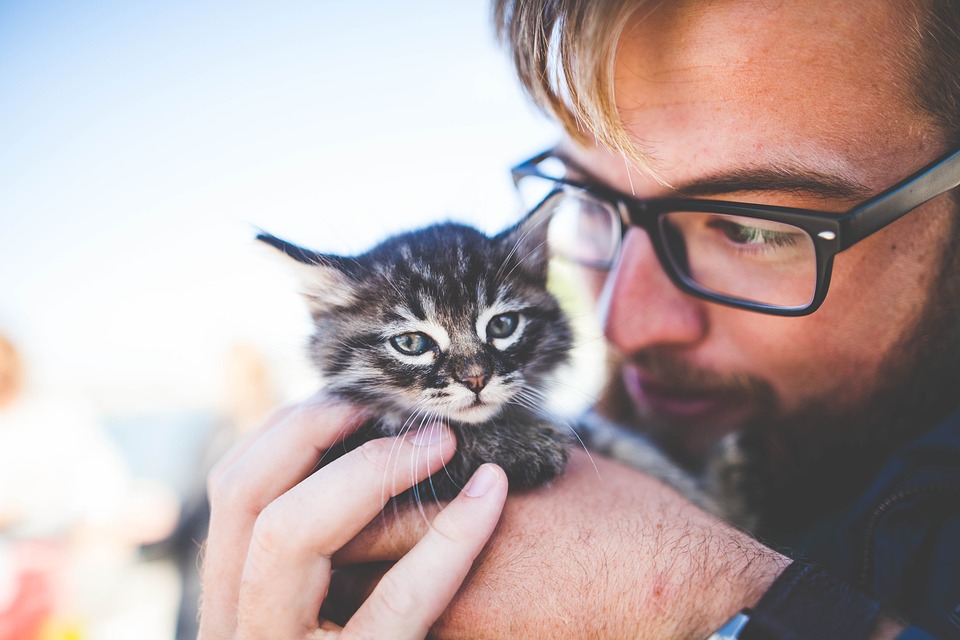Grooming Your Cat to Minimize Shedding and Hairballs
Understanding Shedding and Hairballs in Cats
Cats are known for their grooming habits, which involve regular licking and cleaning of their fur. While this behavior helps maintain their coats, it also leads to shedding and the formation of hairballs. Shedding is a natural process where old or damaged hair falls out to make room for new growth. Hairballs, on the other hand, are the result of excessive grooming, leading to the accumulation of hair in the digestive system.
Importance of Regular Grooming
Regular grooming is essential for your cat’s overall health and well-being. By helping to minimize shedding and hairballs, you can prevent potential issues such as hair matting, skin problems, and digestive complications. Additionally, grooming sessions provide an opportunity for you to bond with your feline companion and monitor their physical condition.
Essential Grooming Tools
To effectively groom your cat and reduce shedding and hairball problems, you’ll need a few essential tools. Here are some must-haves for your grooming kit:
1. Slicker Brush: This type of brush helps remove loose hair and prevents matting.
2. Metal Comb: A fine-toothed comb is ideal for removing tangles and ensuring a smooth coat.
3. Grooming Gloves: These gloves have rubber or silicone bristles that help collect loose hair while gently massaging your cat’s skin.
4. Nail Clippers: Trimming your cat’s nails regularly not only prevents scratching accidents but also promotes overall cleanliness.
5. Cat-friendly Shampoo: Opt for a mild, hypoallergenic shampoo specifically formulated for cats to keep their coat clean and healthy.
Grooming Techniques to Minimize Shedding and Hairballs
1. Regular Brushing: Brush your cat’s coat at least once or twice a week, depending on the length and thickness of their fur. This helps remove loose hair and prevents it from being ingested during grooming.
2. Avoid Over-Bathing: While cats generally groom themselves, occasional baths may be necessary. However, excessive bathing can strip their skin of essential oils, leading to dryness and increased shedding.
3. Hairball Prevention: Incorporate hairball control supplements or specialized cat food into your cat’s diet to minimize hairball formation.
4. Trimming Long Hair: If your cat has long hair, consider trimming it occasionally to prevent matting and reduce shedding.
5. Regular Nail Trimming: Trimming your cat’s nails not only protects your furniture but also prevents loose hairs from getting caught in sharp claws and ingested during grooming.
FAQs
Q1: How often should I groom my cat?
A1: Cats with short hair should be groomed at least once a week, while those with long hair require more frequent grooming sessions, preferably every other day.
Q2: Can I use human shampoo on my cat?
A2: No, human shampoos are formulated for human skin and can be too harsh for cats. Invest in a cat-friendly shampoo that is gentle and safe for their delicate skin.
Q3: My cat hates being groomed. What should I do?
A3: Start by introducing grooming gradually and reward your cat with treats or praise. Use gentle techniques and take breaks if needed. Seek advice from a professional groomer or veterinarian if your cat’s aversion persists.
Q4: Are there any specific diets that can help reduce shedding and hairballs?
A4: Some specialized cat foods contain ingredients that promote healthy skin and coat, reducing shedding and hairball formation. Consult your veterinarian for dietary recommendations tailored to your cat’s needs.
Remember, regular grooming not only helps minimize shedding and hairballs but also keeps your cat happy, healthy, and looking their best.








